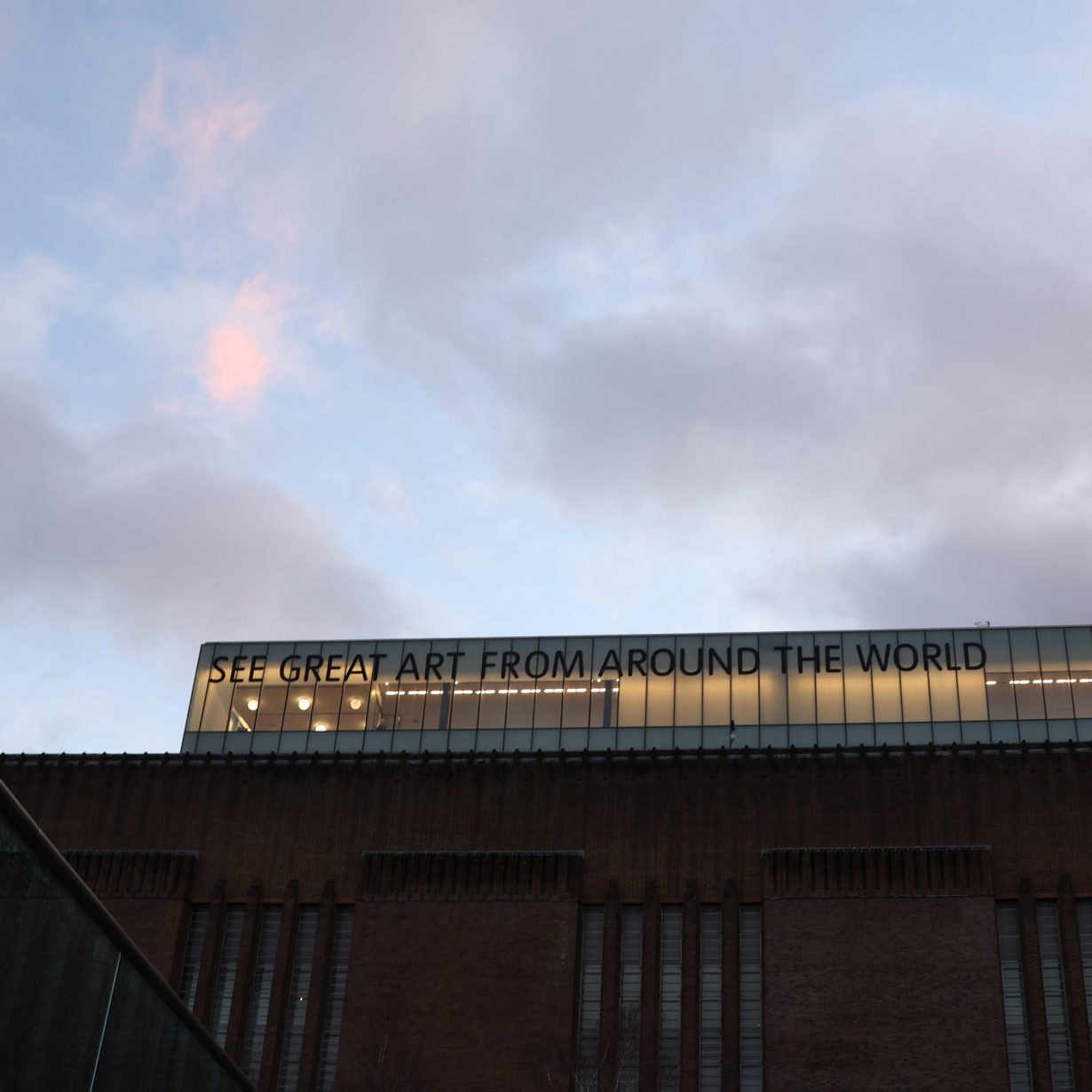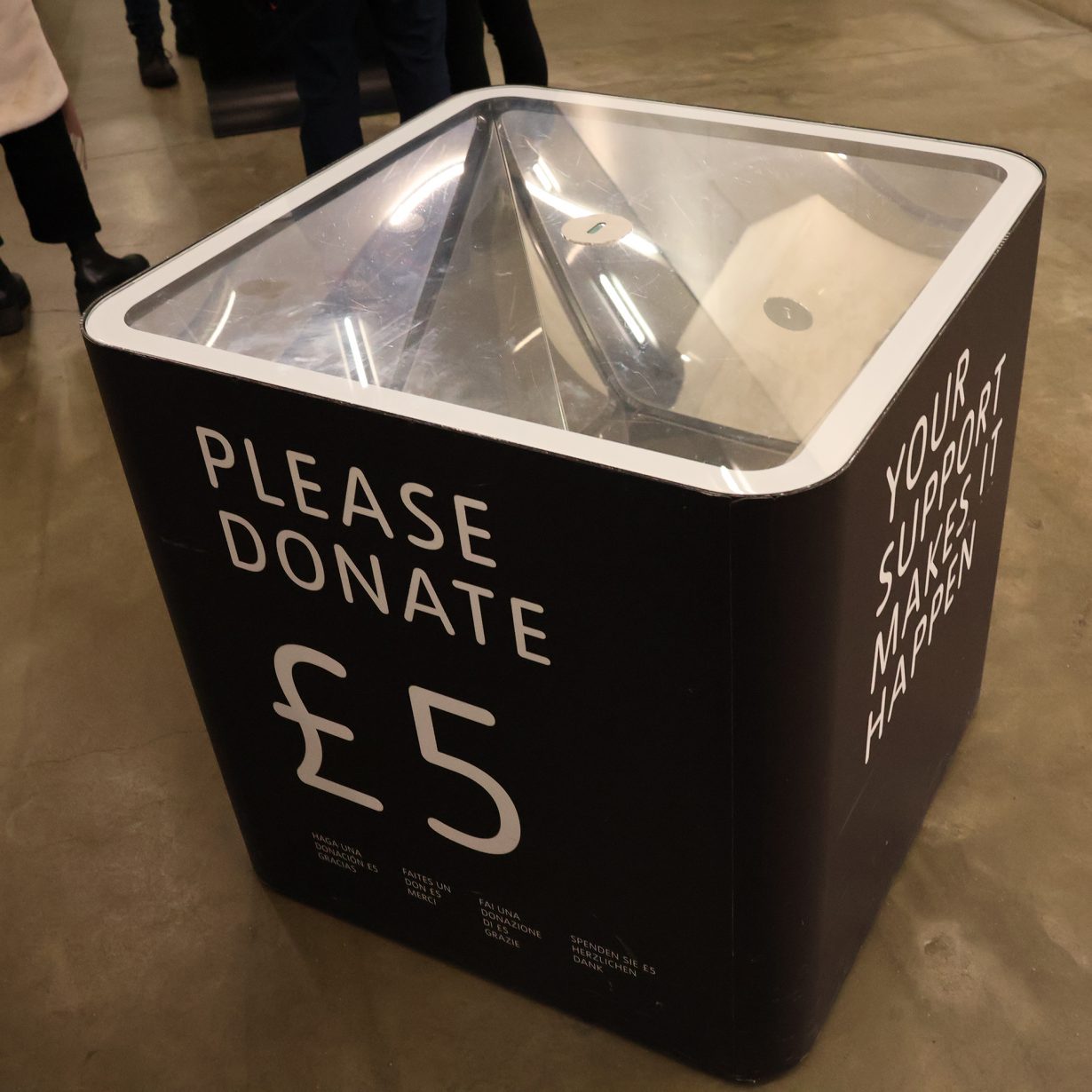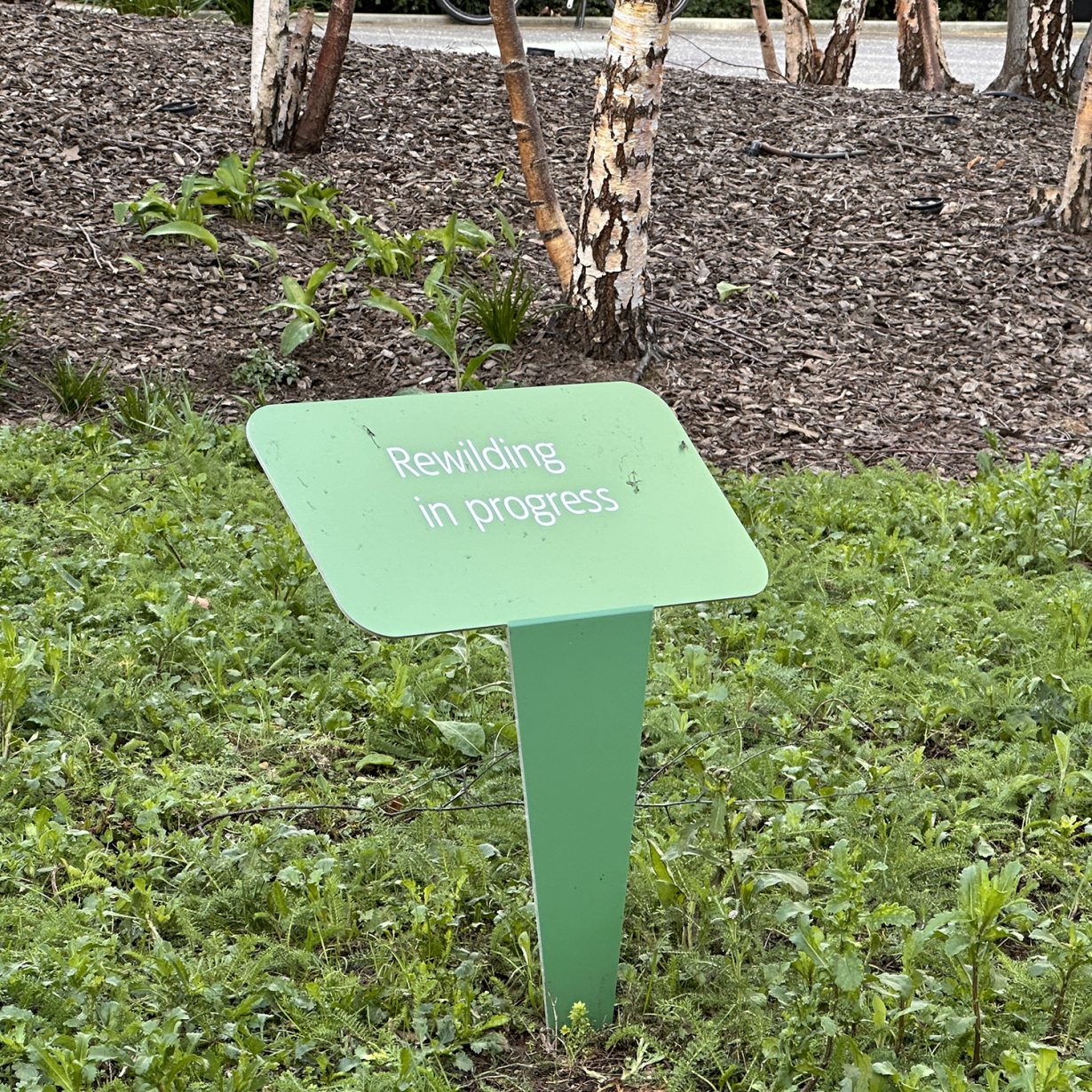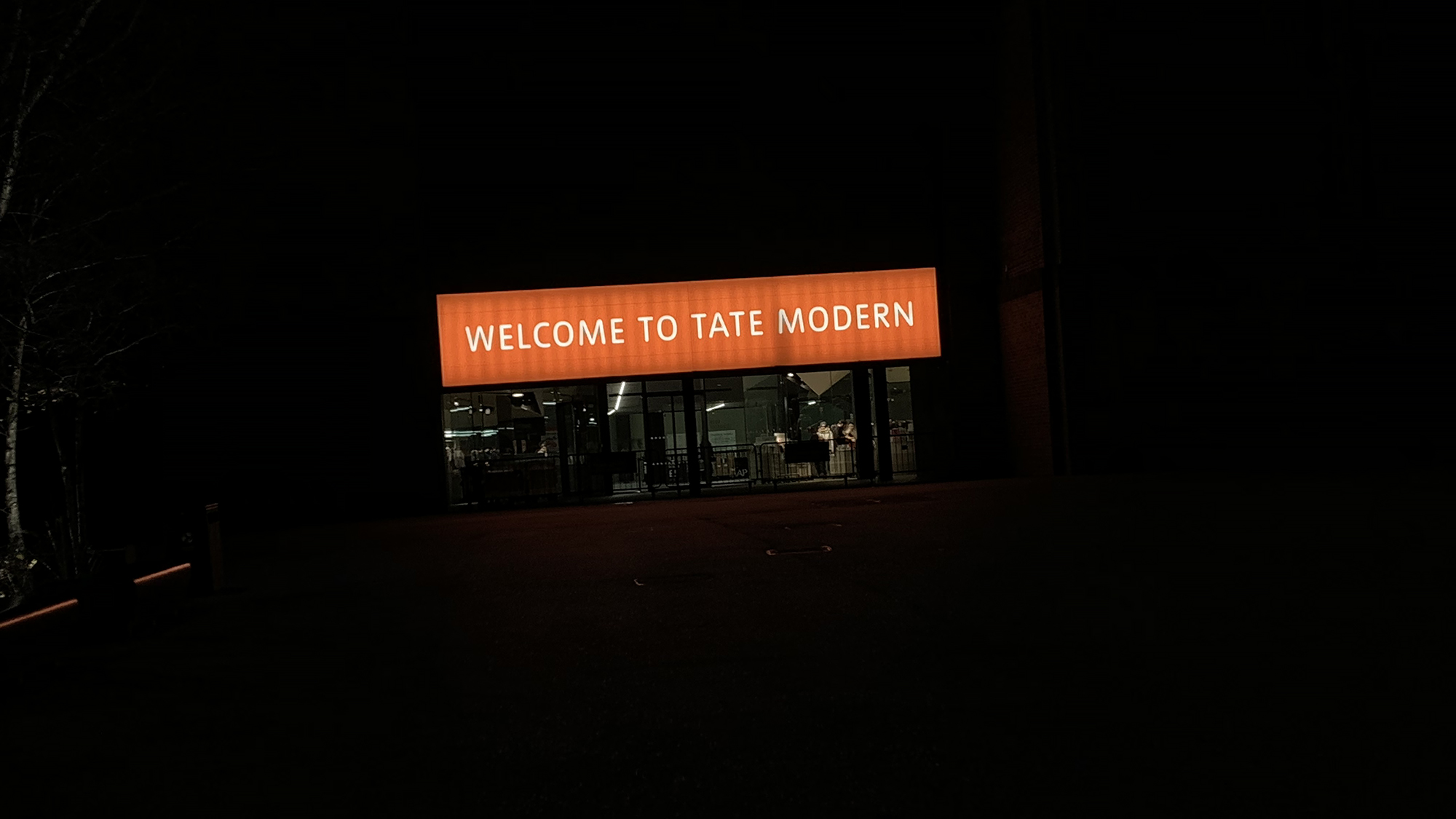Maybe it’s Brexit. Maybe it’s COVID. Maybe it’s just a solemn event space-cum-speaker’s corner with nobody listening.
Happy Quarter-Century, Tate Modern! In May 2000 that fabled venue opened, and I went along and instantly disliked it – not for the art but for the people, or not them so much as their sheer numbers. Who were all these well-groomed day-trippers? I hadn’t seen such crowds clutching gratis bottles of Beck’s at openings for hole-in-the-wall galleries in the East End; they weren’t part of my imaginary, small, marginal, still-pretty-cool artworld. To an insecure, territory-protecting snob like me, the throngs signalled that contemporary art now had mass appeal and was, accordingly, turning beige. I devoutly wished them away; and recently my wish came true. A few weeks ago, when I was in London, a friend half-jokingly suggested we have lunch at Tate Modern in a show of sympathy towards the institution, which stands beleaguered, like Tate generally. According to a recent article in The Art Newspaper, in 2024 Tate Modern’s visitor figures were down 25 percent from pre-COVID 2019, Tate Britain was down 32 percent and Tate St Ives 37 percent. Rumours persist that the next Turbine Hall commission will be a giant animatronic tumbleweed. We lunched somewhere else.
In that Art Newspaper piece, Tate capo Maria Balshaw offered up a number-crunching excuse for the drop-off at her empire, which six months ago posted a budget deficit for 2024–25 and has been shedding staff, including first-rate curators like Polly Staple, former director of Tate’s British art collection. According to Balshaw, the root cause is a big fall in overseas visitors, especially those aged 16–24, because domestic visitors are apparently close to prepandemic numbers. Balshaw blamed a combination of Brexit and COVID for the lack of foreign traffic. Checking the relative visitor figures for other London art institutions and touristy museums, the picture is mixed: some places, like the National Portrait Gallery and the British Museum, have rebounded well in recent years (and gotten their international visitors back); others, like the Royal Academy and the Science Museum, haven’t. Might anything else have contributed to Tate’s plummeting fortunes? Might something be leading casual, touristy, enjoyment-seeking visitors to find its venues not just an unappealing bummer but a fairly monotonous unappealing bummer? Well, maybe.


In recent weeks a number of commentators have aligned the ghost-town mood of Tate’s venues (we’ll exclude Tate Liverpool since it’s shut and not focus on Tate St Ives because it’s at the end of the earth) with its programming, which has certainly gone all-in on social justice and inequality-correcting themes in recent years. As an adopted Berliner who now sees London in time-lapse, I first clocked this in 2021 at Tate Britain’s decolonising Hogarth and Europe exhibition, which was stuffed with wall texts lamenting Hogarth’s connections to British colonialism and apologising upfront for any racial stereotypes that might be seen in the art. Subsequent rehangs there seemed to deemphasise the quality of artworks in favour of how they reflected themes of identity, and the last Turner Prize – not untypically in recent years – was, for this viewer, deathly dull on a visual level and utterly didactic in terms of its themes, which were keyed entirely to identity and colonialism (and, again, spelled out in wall texts that justified the work wholly in terms of the issues it raised). Tate Modern, meanwhile, has lately become a one-stop shop for women artists who laboured, in various ways, in men’s shadows (Hilma af Klint, Sophie Taeuber-Arp, Gabriele Münter, Yoko Ono, Ana Mendieta).

All of which is good, in one way, and one could inevitably list counterexamples of programming, but the overall tenor is an eat-your-greens righteousness that, combined with the deleterious effects of COVID (and Brexit, if we follow Balshaw’s maths) has led to solemn and empty-feeling halls, a speaker’s corner with nobody listening. Or, to change analogies, it’s perhaps like when you have two restaurants next to each other, and for whatever reason one of them looks busy so people think it must be good, queue up and make it busier. Meanwhile, since evidently nobody’s going to the other one, it must be bad and so, presto, nobody goes. Tate might be in that kind of spiral, unpopularity seeding itself; Tate Modern particularly was built on vibes and busyness in the first place – again, that’s why I hated it – and without all the people, and with artworks and wall texts guilt-tripping a viewer from every corner, the vibes are imbalanced, and the public votes with their feet.
There is, nevertheless, a quick way to solve this, besides a more balanced approach to programming, though it does involve some short-term losses to secure later gains. Word to Ms Balshaw – and admittedly, this might be an ambitious restaurateur’s trick – for a few months, take a pay cut and quietly pay people to visit. Post, soon after, some well-cooked visitor figures that speak to revived local interest countering the decline in international visitors. Ride the rebound narrative in the press, and, soon after, watch the real audience come back. After all, as Bridget Riley might say – and her just-opened spotlight display at Tate Britain is perhaps a sign of reluctant capitulation to more crowd-pleasing programming – it’s all about the optics.
